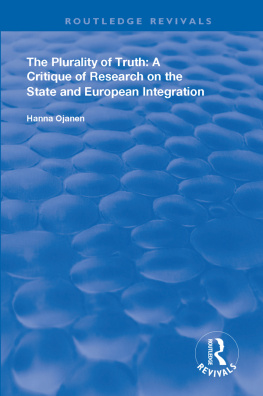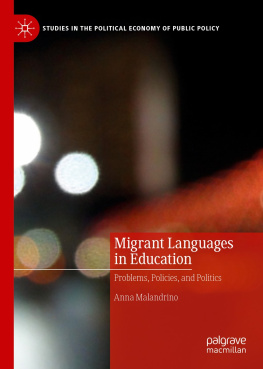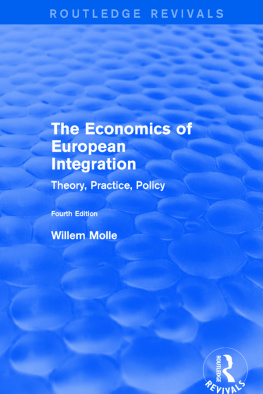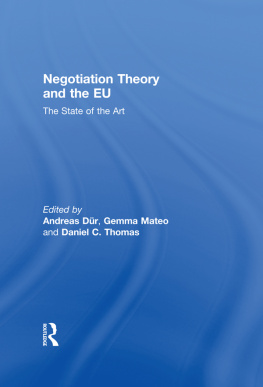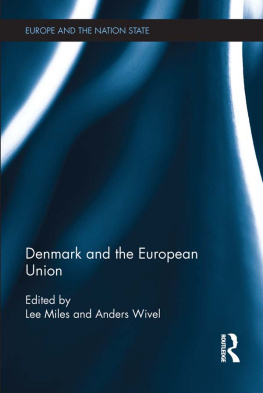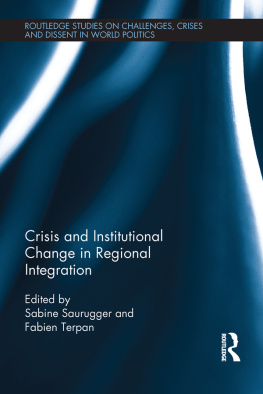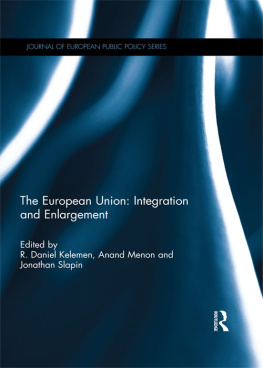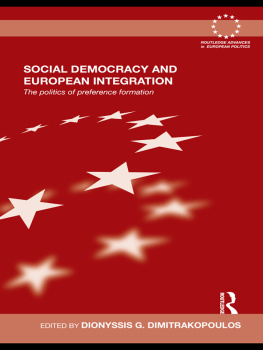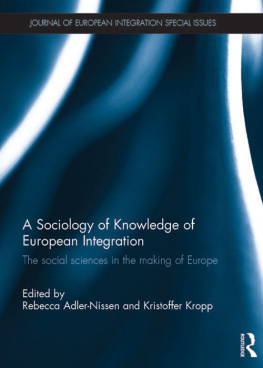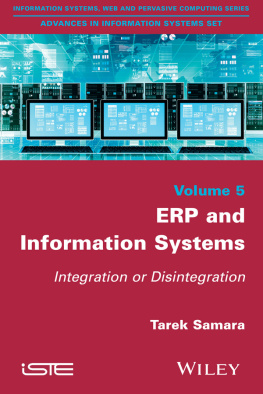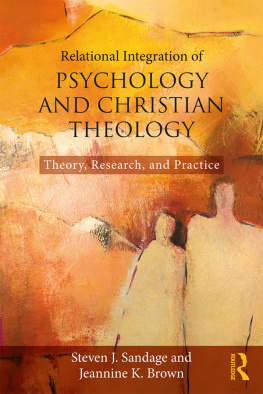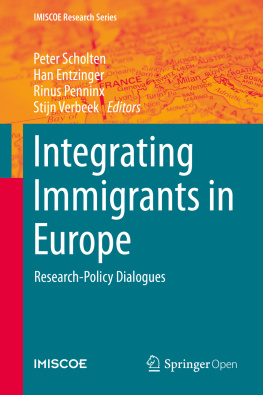THE PLURALITY OF TRUTH: A CRITIQUE OF RESEARCH ON THE STATE AND EUROPEAN INTEGRATION
First published 1998 by Ashgate Publishing
Reissued 2018 by Routledge
2 Park Square, Milton Park, Abingdon, Oxon, 0X14 4RN
711 Third Avenue, New York, NY 10017, USA
Routledge is an imprint of the Taylor & Francis Group, an informa business
Copyright Hanna Ojanen 1998
All rights reserved. No part of this book may be reprinted or reproduced or utilised in any form or by any electronic, mechanical, or other means, now known or hereafter invented, including photocopying and recording, or in any information storage or retrieval system, without permission in writing from the publishers.
Notice:
Product or corporate names may be trademarks or registered trademarks, and are used only for identification and explanation without intent to infringe.
Publishers Note
The publisher has gone to great lengths to ensure the quality of this reprint but points out that some imperfections in the original copies may be apparent.
Disclaimer
The publisher has made every effort to trace copyright holders and welcomes correspondence from those they have been unable to contact.
A Library of Congress record exists under LC control number: 98024497
ISBN 13: 978-1-138-34147-0 (hbk)
ISBN 13: 978-1-138-34148-7 (pbk)
ISBN 13: 978-0-429-44011-3 (ebk)
At first, this study started from the assumption that European integration could help to solve the problem of how to redefine the term the state in international relations. Having devoted considerable time to the study of the concept and having subsequently turned her attention to integration, the present author was inclined to see in this latter phenomena a most suitable candidate for being something which definitively requires a change in the established understanding of the state in international relations theory. How could one, in fact, continue talking in the conventional terms of a sovereign, omnipotent state in a context in which the state was clearly becoming a part of a larger unit? It seemed that a wholly new and much more useful concept of state could be discovered when analysing the process of integration.
That this belief was a rather paradigmatic if not altogether an archetypal starting point for a study occurred to the author much later. A considerable part of the studies on the state indeed makes the same discovery, namely, that (other) researchers tend to subscribe to a specific understanding of the state which is obsolete in the current international environment. As a rule, efforts are directed towards developing new and, by implication, better ones.
This aim is hardly useless; nor is the task necessarily difficult. When studying the relationship between the state and European integration, it became apparent that one indeed could see a new understanding emerging. Strikingly, the state was increasingly becoming defined as a part of a larger unit, its structures and policies being increasingly exposed to decisive influence from the outside.
Nonetheless, what was even more striking was that not only the envisaged new understanding was possible but that the old ones also persisted. The state had, for many an observer, not altered at all: it continued to be an independent unit controlling whatever consequences the processes of integration might have. This fact challenged the original research design of this study and redirected it towards an analysis of the conditions of the validity of specific understandings. Thus, this project became a piece of research on research itself, on the development of integration theories and on the formation of knowledge of integration.
In analysing research on integration, the book draws attention to some typical features of research practice, in particular the pervasive search for orte answer or one truth and the almost anxious reactions that plural and diverging outcomes may cause. The coexistence of different, contradictory theories is often seen as a major problem to be resolved or as an imperfection to be removed, if not altogether as a stain on the reputation of the whole scientific enterprise which jeopardises its very trustworthiness. When the search for one correct answer seems futile and efforts at synthetising existing research results fail due to their incompatibility, what seemingly remains is complete relativism, difficult to accept for many reasons. What should be deduced from plurality, in fact, is a question less often dwelled upon: the normal consumer or producer of academic knowledge in a similar field might not be particularly well-equipped to deal with it.
A proper evaluation requires understanding the way theories emerge: assessing the different results requires knowledge on how they actually have been attained. This understanding can be reached through steps towards realising that any single theory depends on something, stems from something, and leads to something; in particular, it depends on other theories and stems from the choices made by the scholar.
Thus, this study gives an account of how and why different views emerge, get consolidated and coexist in research on the state and European integration. As such, the book is aimed at gathering readers with different interests areas, and it hopes to engage them in discussions partly outside the realm of their own, immediate concerns. The reader interested in the question of the state-integration relationship will be led to larger problems concerning the bases of knowledge on the question, while the one interested in general aspects of research practice in social sciences will find a concrete example in the specific question of the relationship between the state and the process of European integration. Yet, it is perhaps particularly the reader interested in the two case studies who will be led to an unexpected path. This reader will find ample evidence and thorough accounts, yet possibly at the expense of some previously held certainties and a risk of increased frustration. Through the case studies, in fact, the book teases the reader with two competing accounts on the cases. In addition to being an issue of theoretical debate, the plurality of truth is also, and above all, a question of interpretation of reality, of finding answers to particular inquiries. Through the case studies, the book therefore proves attitudes towards the plurality of outcomes or results in practice. It prompts us to question whether we want and whether we are able to come to terms with plurality, and how, finally, this plurality relates to our views about the credibility of research.

